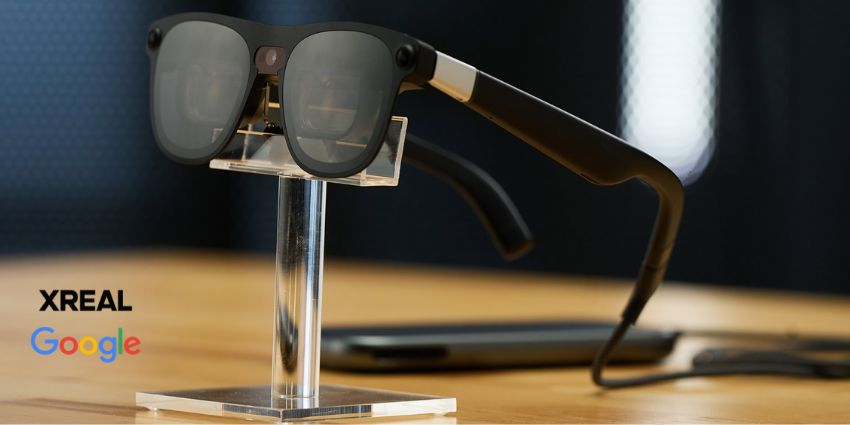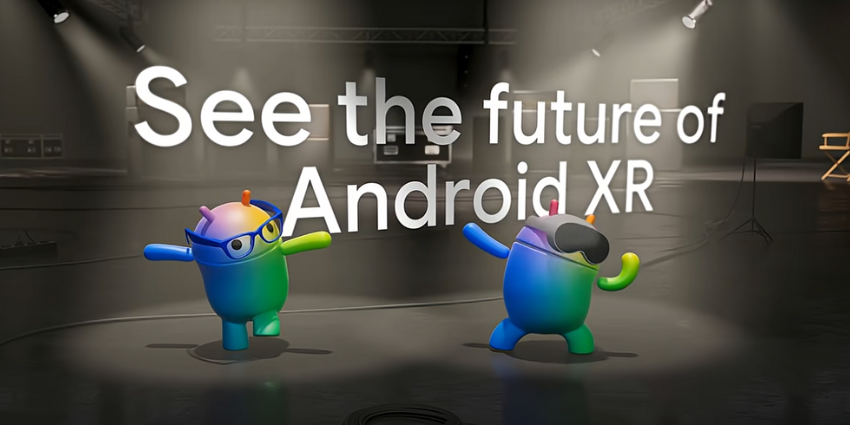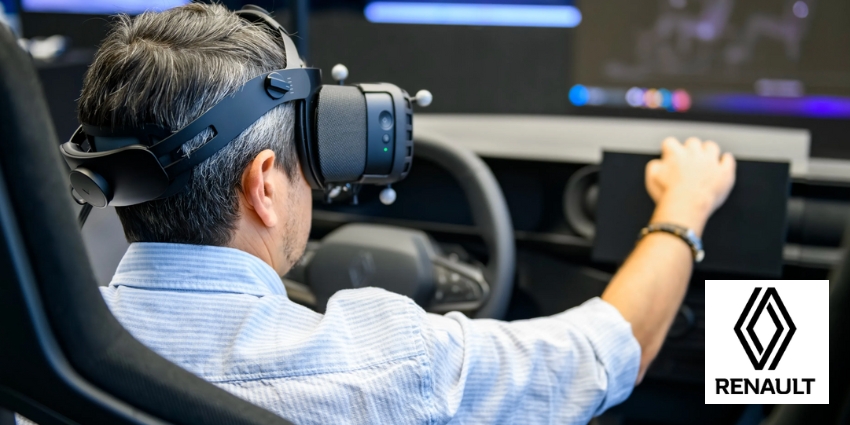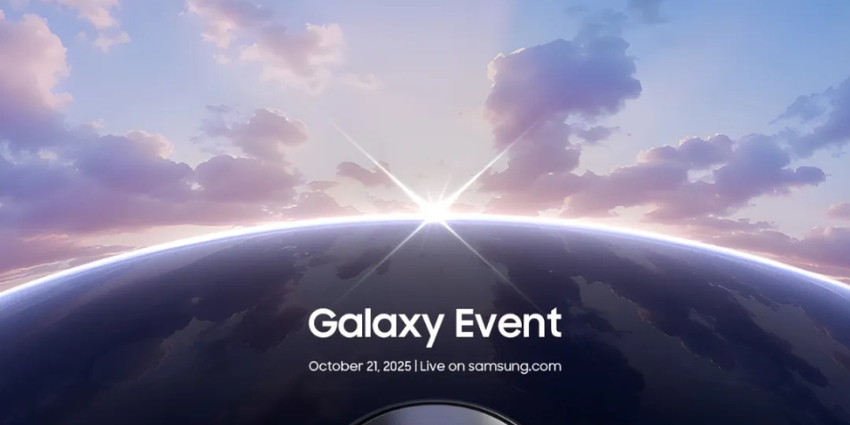Extended reality (XR) technologies have “enormous potential” to reshape global industry and societies, a post from Ericsson revealed on Thursday.
The XR industry, which includes virtual, augmented, and mixed reality (VR/AR/MR) as well as haptics, has been hindered by numerous challenges requiring innovative networking solutions, Ali Zaidi, Ericsson Head of Commercial Intelligence and Analytics, and Marie Hogan, Head of Mobile Broadband Voice and New Business said in the post.
Issues linked to heat generation, limited processing capabilities, and battery life and storage for small form factor headsets caused blockages to the global XR sector, but industry leaders could offload XR processing to the edge of mobile networks, the company said.
Citing internal studies, Ericsson claimed offloading could also dramatically reduce energy consumption by up to seven times, but required Time-Critical Communication to provide “consistent low latency communication between the device and the mobile network.”
According to the Swedish telecoms giant,
“XR connectivity requirements depend on the level of functionality split between the device and the mobile network, as well as on the targeted quality of experience, leading to a wide range of bit rates and bounded latency requirements”
Ericsson added cloud XR application ecosystems were “developing rapidly” and expected limited commercial deployments next year and network requirements of ~5-50 milliseconds of consistent low latency to deploy in numerous use case scenarios over two to three years.

According to Ericsson, one of the top three telecom equipment providers along with China’s Huawei and Finland’s Nokia, said that time-critical use cases involved “real-time media, remote control, industrial control and mobility automation.”
Qualcomm, a leading manufacturer of communications components, has been testing its Boundless XR initiative on Ericsson’s 5G network and collaborates with the telecom equipment provider for its XR for Enterprise programme.
The report comes after a major forum panel discussion at the VR/AR Association’s Global Summit Europe event, where executives from Nokia and T-Mobile explained the need for XR-ready infrastructure to incorporate edge computing into networks to facilitate low-latency connections.
Shenzhen-based Huawei Technologies also urged telecoms in a recent event to provide further use cases for 5G, including emerging XR technologies, to develop future networks.







